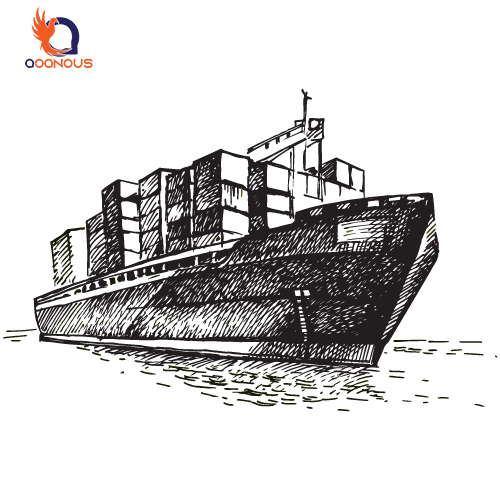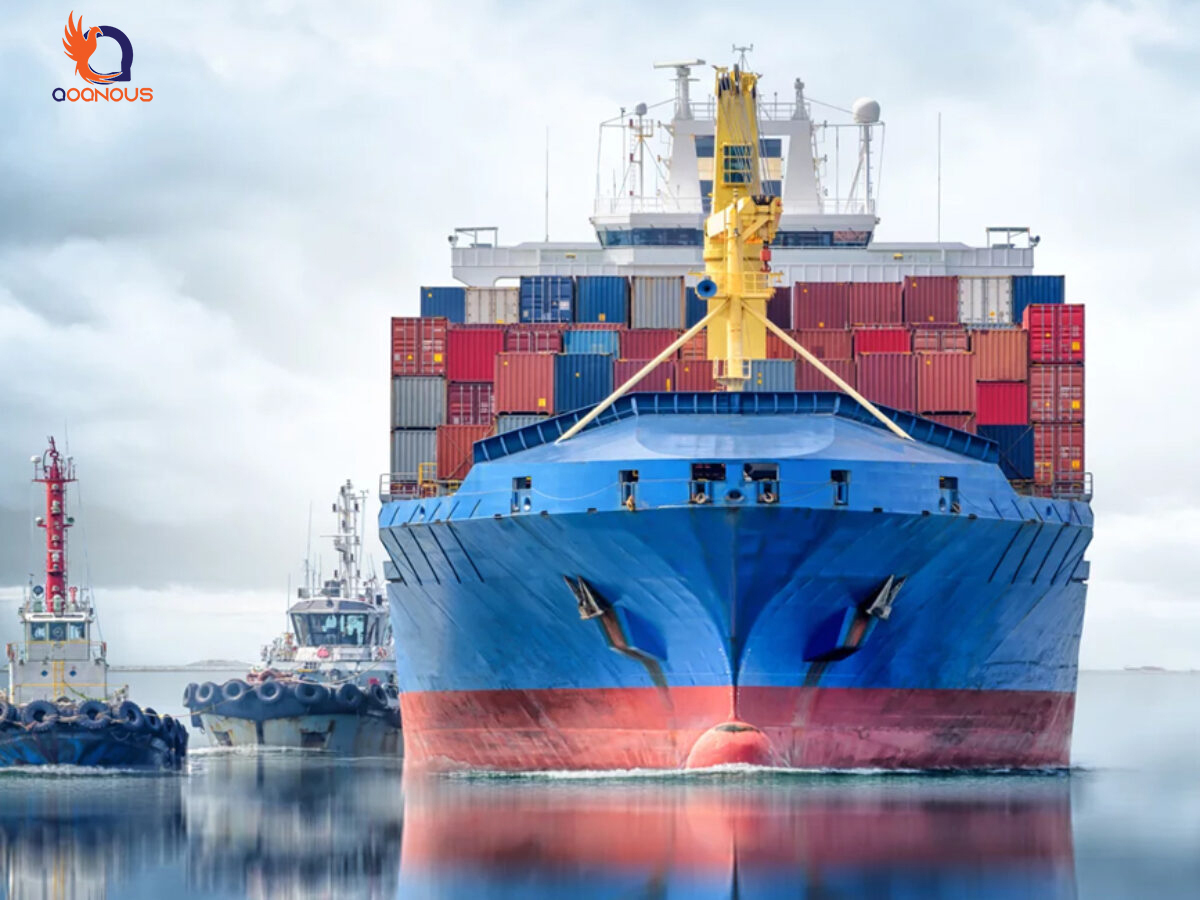What is Maritime Transport?
Head of content
The movement of people, goods and products by boats, ships and other vessels on the bed of seas, oceans, lakes, canals and rivers is called maritime transport. Today, due to the increase in global trade and the growth and development of the shipbuilding industry, sea transportation is used more than in the past, so that more than 85% of the world’s transportation is done in this way. Among the most important reasons for using sea transportation are the low cost of transportation, high security, and the ability to transport cargo with a very high volume.
Goods transported by sea usually have a large volume and weight. Various products such as food, medicine and medical equipment, fuel raw materials, industrial products, automobiles and spare parts and even live animals are transported through cargo ships. Refrigerated containers are used to transport medicine and food by ship, which provides the required temperature and prevents them from spoiling. There are also other types of containers, which are called ventilated containers and are suitable for moving food, beans and coffee.
In the following article, stay with Qoqnous Trading to examine the history of sea transportation, important terms in this field, types of sea transportation methods, and examine the advantages and disadvantages of this type of transportation.
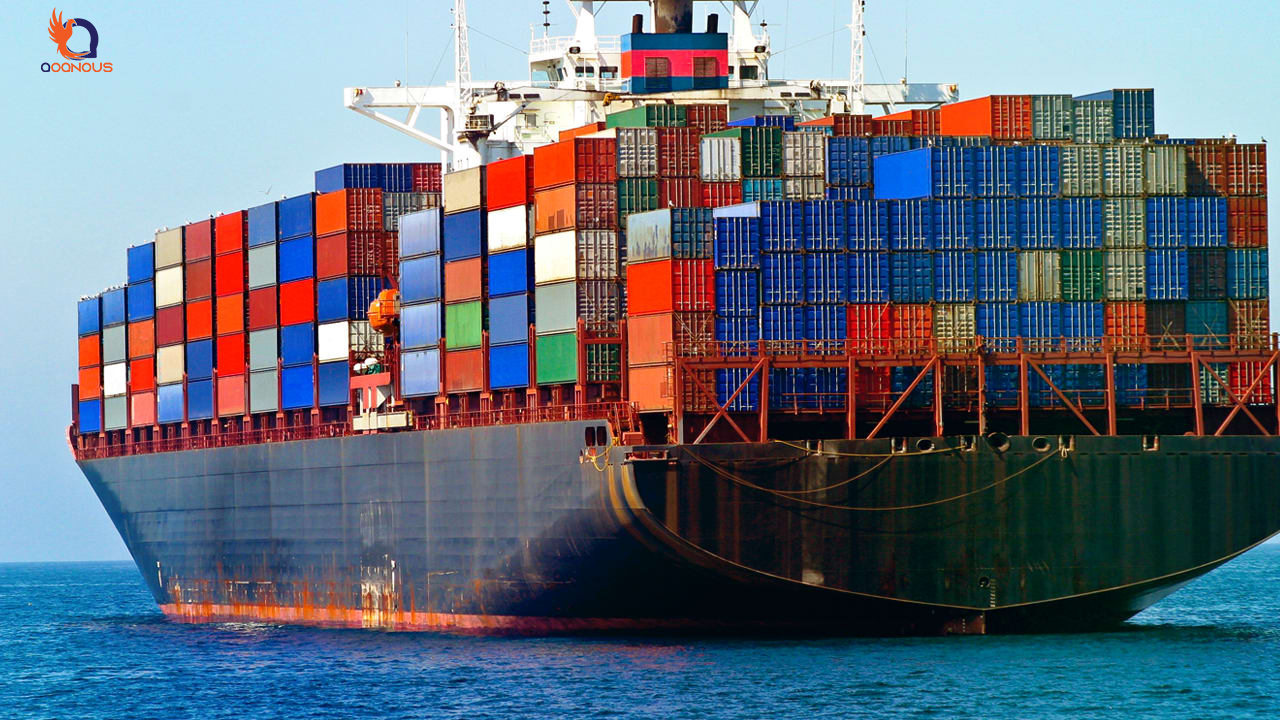

History of maritime transport
Maritime transport using boats dates back to six thousand years BC. Lands such as ancient Egypt, Vikings, Phoenicians and Greeks were among the first peoples who used this method for trade.
In the beginning, boats and ships did not go beyond the river banks. Because the small wooden ships were moved by the force of the wind and were special for rivers. Later, ships with low-powered engines were built that worked using wood and coal, but because they could not carry large amounts of wood and coal, they could not travel across oceans and large seas.
As time went on, iron and steel ships were built that were powered by steam, and then the shipping industry entered a new era of development. Today, there are ships that use nuclear fuel instead of fossil fuels, and they have reduced the transportation time by about 80%.
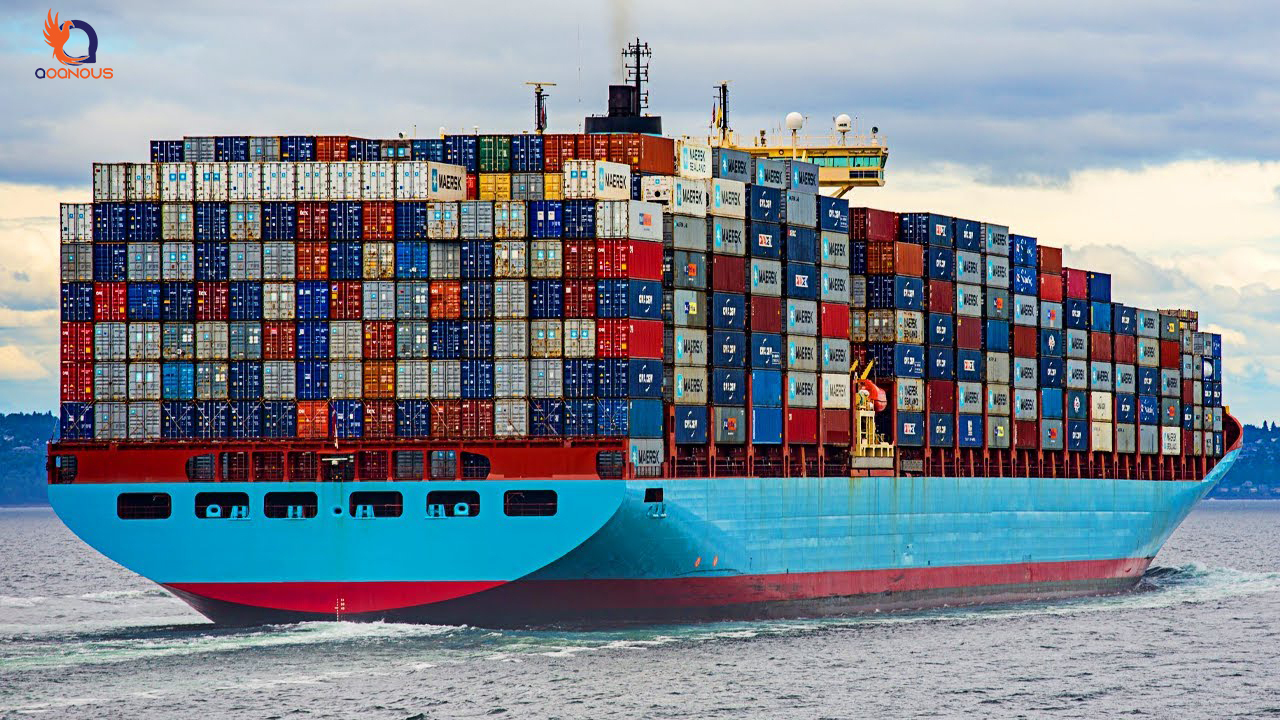

Necessary information for international sea transportation
- Address of the place of loading (exact address of origin for EXW shipments and name of the port of origin for FOB shipments)
- Name and details of destination port and customs
- Type of shipment (full FCL – retail LCL)
- Product type and tariff code
- Number of Containers
- Number of cartons or pallets (stackable or non-stackable)
- Dimensions and weight of each carton or pallet (must be based on centimeters)
Sea freight cost
The cost of sea transportation depends on various parameters such as the type of cargo, the volume of cargo, the distance traveled between the customs office of origin and destination, etc.:
Load type:
The type of cargo has a direct impact on the cost of transportation, refinery raw materials, raw fuel, food, etc., each has a different rate.
Load weight and volume:
The weight and volume of the cargo also have a direct impact on the cost of transportation, bulk cargo and cargo with medium weight have a different price than packaged cargo with high volume.
Distance traveled and type of unloading:
Naturally, the longer the distance between the origin and the destination, the higher the costs of sea transportation. Also, the type of unloading, whether it is delivered on the quay, next to the ship or on the deck, has a direct impact on the transportation costs.
Advantages and disadvantages of sea transportation
Sea transportation, like other transportation methods, including air transportation, rail transportation, and land transportation, has advantages and disadvantages, the most important of which are mentioned below.
Advantages of sea transportation
Since most of the shipments are carried out by sea, this industry has many advantages and therefore it is growing and developing day by day. Here are some of the features and benefits of ocean shipping.
- High safety
- Having an affordable shipping price
- Equipped with refrigerated containers for perishable materials
- Equipped with ventilated containers
- Equipped with continuous containers to prevent impact and moisture
- The possibility of moving a large volume of cargo, from 200 to 500 thousand tons
- Easy loading and unloading
- Fixed cost of transportation
Disadvantages of sea transportation
Above we mentioned the advantages of sea transportation and in this section we want to examine the disadvantages of this type of transportation; Of course, it should be noted that the advantages of this method of transportation are more than its disadvantages.
- Long time to transfer goods compared to other transportation methods
- The difficulty of cargo tracking in sea transportation
- Low flexibility in terms of route and timing
- The need to move cargo by land, after the goods arrive at the desired destination
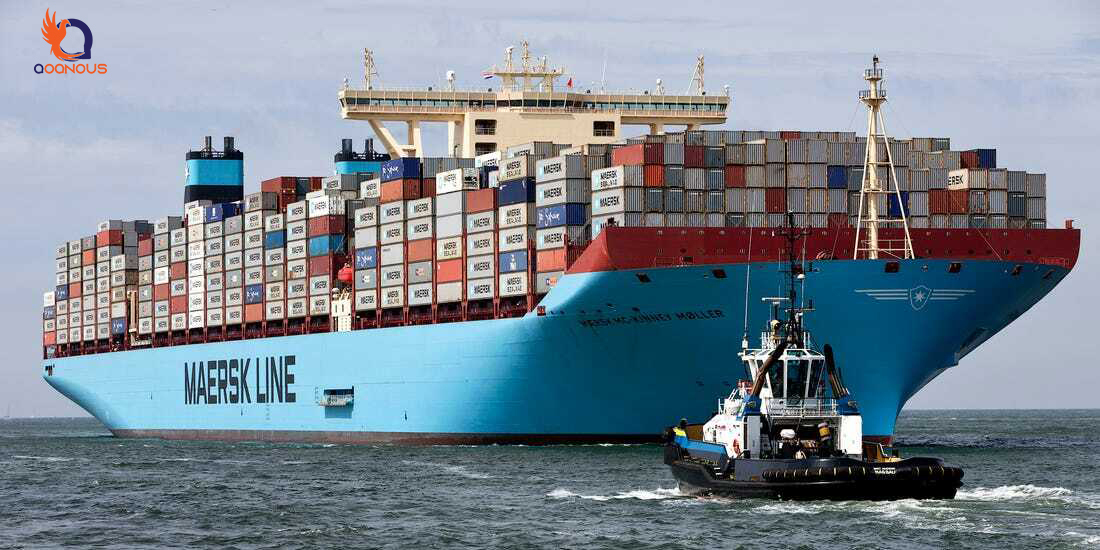

final word
Since ancient times, sea transportation has been one of the most common ways to move cargo, the largest amount of goods transported around the world is related to sea transportation. This method of transportation is known as the best and cheapest way to move goods internationally and is widely used by businessmen and traders.
Qoqnous Trading Company has an official license from the Ports and Shipping Organization and provides its customers with services such as bulk cargo transportation, retail cargo transportation, closed container transportation, and sea imports from China. You can contact Qoqnous commercial experts to import goods by sea.




